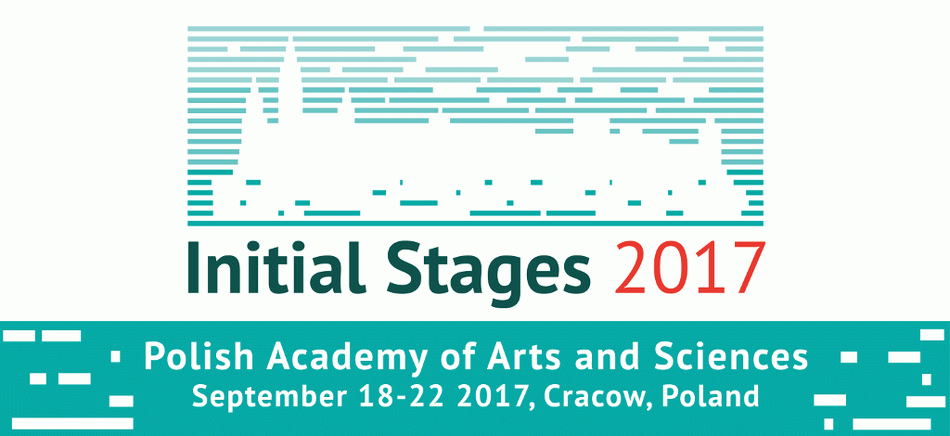Conveners
Small systems
- Adam Trzupek (Institute of Nuclear Physics Polish Academy of Sciences (PL))
Description
6 seminars, 20 min. each
The study of the charged particle production as a function of the multiplicity in small colliding systems, as pp and p-Pb, is an attractive tool to understand the similarities and differences between small and large colliding systems. Evidence of similarities, like coherent and collective effects, well known in nucleous-nucleous (A-A) collisions, has been found experimentally in small...
ATLAS measurements of two-particle correlations in $\Delta\phi$ and $\Delta\eta$ are presented for $pp$ collisions at 2.76, 5.02 and 13~TeV, and for $p$+Pb collisions at 5.02 and 8.16~TeV. A template fitting procedure is used to subtract the dijet contribution and to extract the genuine long-range ridge correlations. In all collision systems, the ridge correlations are shown to be present even...
Hanbury Brown and Twiss (HBT) radii with respect to the 2nd-order event plane are measured in central p+Pb collisions at √s_NN = 5.02 TeV with the ATLAS detector at the LHC. A total integrated luminosity of 28 nb^−1 is sampled. The radii and their relative modulation are presented as a function of the magnitude of the flow vector |q_2| measured at the side of the calorimeters that the Pb beam...
Multi-particle correlations in hadronic colliding systems at both RHIC and the LHC are under detailed investigation in the past year. Indeed, a wealth of experimental evidences in recent years has suggested the presence of collective phenomena and a possible QGP medium being formed also in high-multiplicity pp and pPb collisions. In particular, multi-particle cumulant analyses have established...
Azimuthal momentum anisotropies have now been observed in
small collision systems at RHIC and the LHC. At RHIC, using the unique
ability to select different colliding species, the PHENIX experiment has
taken data in p+Al, p+Au, d+Au, and 3He+Au at 200 GeV center-of-mass
energy. This geometry engineering allows for a unique test of
explanations of azimuthal anisotropy
in terms of final state...
The event structure analysis allows to gain insight into the details of the physics mechanism which causes the novel collective phenomena observed in high multiplicity pp collisions at the LHC energies. In this context, transverse spherocity can be used to isolate hard and soft events in pp collisions. We present the study of the inclusive and identified charged particle production as a...
The role of collective dynamics in small systems is currently under intense debate. Studying the differential measurements of the azimuthal anisotropy coefficients $v_n$, in both large and small collision systems, can provide unique insight for the identification and characterization of collective dynamics in these systems. We will present recent STAR results for two- ($C_{n}\lbrace2\rbrace$)...
